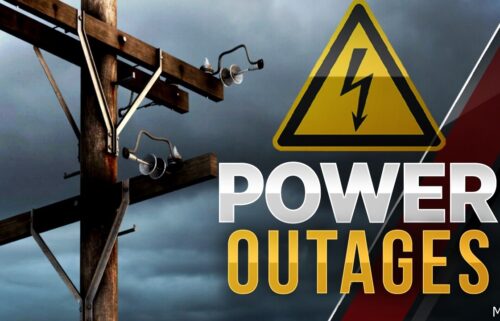Chimney fire reminds homeowners to check fireplaces
A warning to homeowners who like to use their fireplaces as the weather gets cooler, a house fire in Rancho Mirage is an example of what can happen.
“A chimney fire could be a devastating fire because it can go undetected for hours,” said Calfire Battalion Chief Rick Griggs.
Someone noticed the Monday morning fire right away, but it still caused about $50,000 worth of damage.
“They had had a fire in the fireplace earlier in the day, earlier in the morning, and they noticed that it was getting hot around the area of the fireplace but the fire wasn’t going any longer. They had smelled smoke, the smoke detectors went off,” said Griggs.
Firefighters ripped the entire wall of the fireplace down to keep the rest of the house from catching fire.
“The fire had actually escaped the firebox in the fireplace area and was burning in between the chimney, the metal chimney and the walls of the house,” said Griggs.
Calfire says it doesn’t matter if your fireplace is wood-burning or gas, it is still has the potential of catching fire.
“It’s a possibility when either the fireplaces are not maintained or they are not installed properly,” said Griggs.
Shirley Van Es, who lives in Palm Desert, loves spending time by the fire.
“The cool evenings in the winter months and early morning sometimes, I love to curl up with a good book by the fireplace, but we never leave the house until it’s cooled down because we don’t want to take any chances,” said Van Es.
She also tries to get hers checked every year.
“Most people do not do that, and are shocked when they find out we do, but we are just conscientious that way,” said Van Es.
“They will come out and look and be able to tell you, if there is any maintenance on it, if it is functioning properly, moving air properly because that is one of the keys that does that is air movement helps both heat the house as well as also helps the fire from occurring,” said Griggs.
Calling a chimney specialist may also help you avoid another potentially deadly situation common during winter months, carbon monoxide poisoning.



